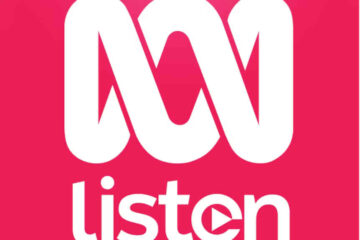Gershon Baskin got a call from a Hamas member three days after Mr Shalit’s abduction asking him to act as a back-channel for talks.
The publicist: Shimshon Liebman
It was an act of modesty that astounded the nation. When Gilad Shalit arrived at his northern Israel home, Shimshon Liebman said he was staying in the street.
After heading the freedom campaign for the past three years, everybody had expected him to go inside and get a personal thank you – but he wanted to give the family time. “Gilad doesn’t know me, and needs to be close to the people he knows,” he said.
Mr Liebman is the neighbour who became a saviour. The 60-year-old father and grandfather recalls that, back at the time of the kidnapping, he knew that the Shalits lived in his village, Mitzpe Hila, but did not know them. “I phoned the village secretary and asked who they are, and said we need to help them,” he recalls.
Mr Liebman helped to set up the campaign for the soldier’s return and for the last three years headed it. He worked the media, keenly accepting pro-bono services from PR consultants and advertising executives. He introduced the idea that Mr Shalit is “everybody’s son”, and managed to turn the naturally shy father Noam Shalit into a national icon.
He believes that the campaign managed to use Noam Shalit’s reserved nature to its advantage. “It is important that we put the family in the heart of the struggle and you could see that they are very shy and not shouting – seeing this, people found it easier to take them to their hearts,” he says.
The other key to the campaign’s success was the fact that it capitalised on Israelis’ dismay about the fate of Ron Arad, Eldad Regev and Ehud Goldwasser.
Shortly after the kidnapping, Mr Liebman said to Noam Shalit that the campaign should urge for his son not to become like Ron Arad, who has been missing in action since 1986 and presumed dead. What was needed, Mr Liebman argued, was a more personal campaign than the Arads managed.
“I said to Noam: ‘You have to think like a father and not like a nation.'”
After the bodies of Mr Regev and Mr Goldwasser were returned in 2008, Mr Liebman launched the slogan “Gilad Still Lives”, which appeared on banners and posters across the country.
Mr Liebman says that the community spirit that led him to volunteer is a result of 25 years he spent as a kibbutznik and that the tone of the campaign was influenced by his career in education. “We talked about values all the time.” He finally met Gilad Shalit on Monday.
The contact: Gershon Baskin
Gershon Baskin’s fingers are getting a break now that Gilad Shalit is home. For five years, he has been texting for freedom – passing messages from Israel to Hamas and back, helping to bring about the deal.
Dr Baskin, whose Zionist idealism took him from New York to Israel 33 years ago, got a call from a Hamas member three days after Mr Shalit’s abduction, asking him to act as a back-channel for talks. Shortly afterwards, Hamas Prime Minister in Gaza Ismail Haniyeh had appointed a liaison for him: Ghazi Hamad, then the spokesman of the Hamas government.
“The sad thing is that we could have reached a similar agreement four years ago,”
Dr Baskin said on Monday.
Hamas’s choice of Dr Baskin reflected his standing in Israeli-Palestinian dialogue. He is director of the Israel/Palestine Centre for Research and Information, the only think tank in Israel devoted to the peace process that is run jointly by Israelis and Palestinians and well connected to Israeli and Palestinian decision makers.
The Baskin-Hamad messages were firm but friendly. He believes that the “personal trust that developed” between them was essential to closing the deal.
Dr Baskin says that, in contrast to him and Mr Hamad, who kept negotiations simple and personal, the parallel official negotiations sometimes made things too complicated. He recalls a German-mediated plan. ”
The mediator put on the table a 150-page agreement – I almost fell off my chair.”
The final agreement was five pages long.


